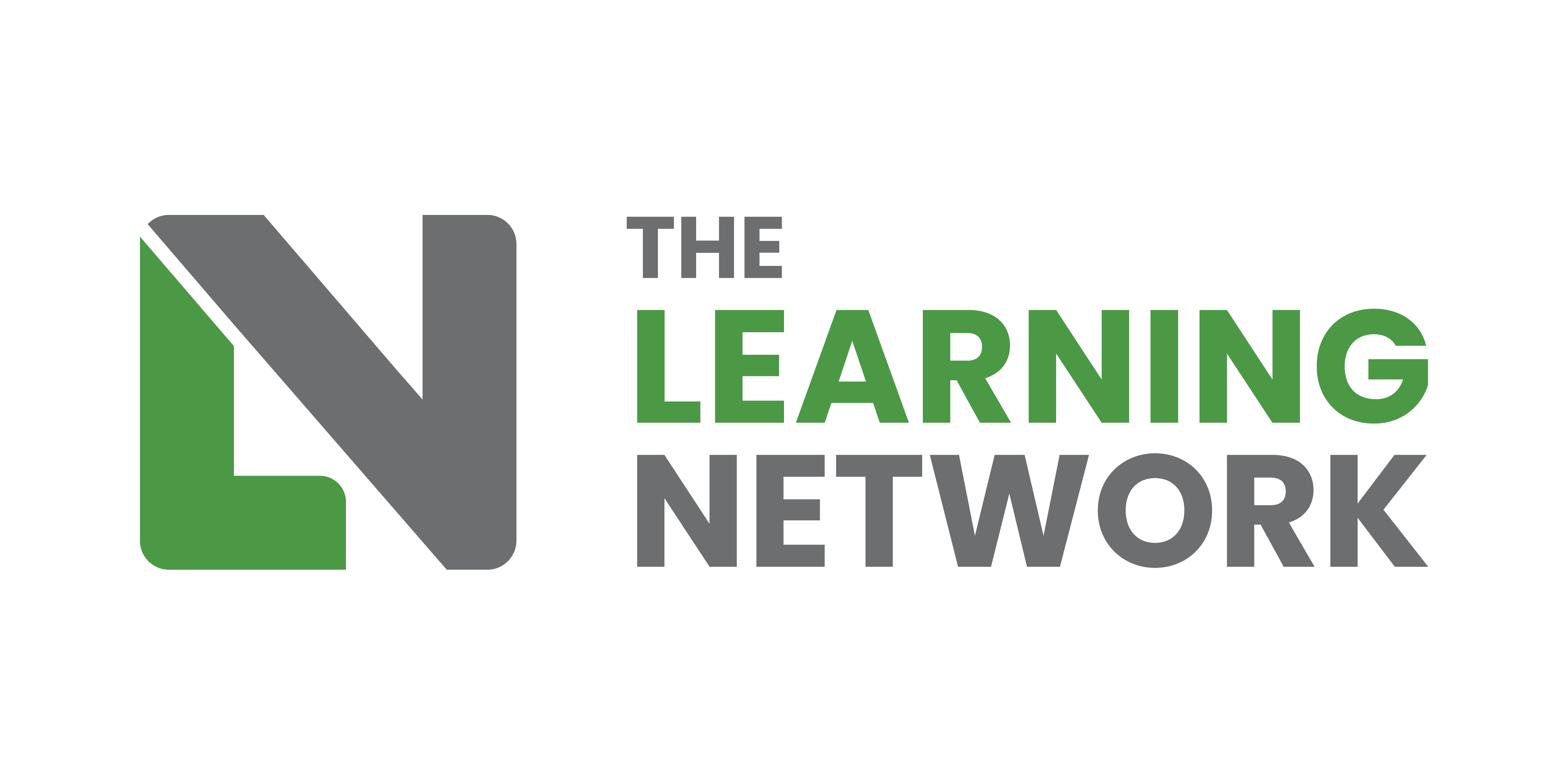It’s no secret that e-Learning is on the rise. According to a report by Straits Research, the global e-Learning Market is expected to reach USD 645 Billion in market size by 2030. That’s a compound annual growth rate of 13%.
Clearly, businesses and organizations are starting to see the value in online learning and are investing more and more in it every year. But with this increased investment comes an increased need for quality e-Learning platforms and tools.
One of the most important factors when choosing an e-Learning platform is whether or not it is SCORM-compliant. SCORM (Sharable Content Object Reference Model) is an industry standard for e-Learning platforms that was created by the Advanced Distributed Learning (ADL) Initiative.
SCORM-compliance means that a platform meets certain requirements set forth by ADL, including interoperability, content reusability, and tracking features. So if you’re looking for an e-Learning platform, it’s essential that you make sure it is SCORM-compliant.
In this article, we will discuss the basic information you need to know about SCORM and how you can identify if a platform is SCORM-compliant, and we will also explore the pros and cons of SCORM. Finally, we will give you a list of handy tips and factors to consider when choosing a SCORM-compliant LMS.
If you’re ready to learn all about SCORM, keep reading!
What is SCORM?
SCORM stands for Sharable Content Object Reference Model. It was developed by the Advanced Distributed Learning (ADL) Initiative in 2000 as a way to standardize online courses so they could be shared across different systems.
It is a set of standards and specifications that allow content creators to ensure their courses are compatible with different learning management systems (LMSs). By using SCORM standardization, course creators can ensure that their content will work on any platform without having to rewrite or recreate it.
What are the different versions of SCORM?
In total, there are five versions of SCORM:
- SCORM 1.1
- SCORM 1.2
- SCORM 2004 2nd Edition
- SCORM 2004 3rd Edition
- SCORM 2004 4th Edition
One of the oldest standards in e-Learning, SCORM, has been around for a while, but it still holds a lot of importance in the industry, particularly the SCORM 1.2 and the SCORM 2004 3rd Edition standard, which are the two versions most commonly used today. SCORM 1.2 is older but still widely used, while SCORM 2004 is more up-to-date with better features and capabilities than its predecessor.
The next generation of SCORM, as one of the newest e-Learning standards, xAPI (also known as Tin Can API or Experience API), has already established itself alongside CMI5 as one of the most popular e-Learning standards.
SCORM authoring tools can also export a course as an HTML5 folder for uploading to a learning management system.
What are the advantages and disadvantages of SCORM?
The main and well-known function of SCORM as an e-Learning specification is that it provides interoperability among different e-Learning platforms. Nevertheless, it comes with some advantages and disadvantages like everything else. So, let’s take a look at some of the key pros and cons of using SCORM.
SCORM advantages
The biggest benefit of using SCORM integration is that it allows learners to access your course material regardless of which platform they use. This means more people can take advantage of your course material and further expand its reach.
Additionally, since SCORM ensures data interoperability between different systems, all user data, such as progress tracking and completion rates, can be securely stored in one place instead of being spread out across multiple platforms—making data analysis much easier for course creators.
Last but not least, using SCORM also reduces the amount of time needed for maintenance since only one version needs to be maintained instead of multiple versions across various platforms.
In a nutshell, SCORM holds the following advantages:
- It is a versatile e-Learning standard that can be used to develop and deploy any kind of e-Learning content.
- It ensures compatibility across different e-Learning platforms and devices. It can help ensure the learner’s consistency of experience, regardless of where they take a course.
- It helps track learner progress and performance.
- It provides an interface to generate reports on learner activity and performance.
- It is designed to track data and report on it in a standard way, making it easier to compare results across different LMSs and courses and providing a measure of quality assurance for e-Learning courses.
SCORM disadvantages
- It requires a significant time investment in time to create.
- It comes at a price depending on the authoring tool you use to create a SCORM.zip file.
- They can take time to learn if you are unfamiliar with using authoring tools or programming in SCORM.
- It does not work with some authoring tools.
- Implementation of SCORM can be complex and challenging for organizations without dedicated e-Learning resources.
How can you identify if an LMS is SCORM-compliant?
To determine if an LMS is SCORM-compliant, it’s important to understand what SCORM actually is. So, remember that SCORM’s main purpose is to standardize how digital learning content interacts with an LMS, allowing the same e-Learning course to run on multiple platforms without any compatibility issues.
When choosing an LMS platform, it is important to ensure that they support both HTML5 & SCORM compliant formats so that all types of interactive content can be uploaded & accessed by learners without issue. Generally, when looking for a SCORM-compliant LMS, there are several factors you should consider:
- Does the LMS have existing integrations with popular authoring tools?
- Does the LMS come preloaded with SCORM-compliant content libraries?
- How secure is the system? Does it feature encryption to protect your data?
- Is there comprehensive support available when you need help troubleshooting or implementing new features?
- Can users access courses regardless of location or device type? Is the LMS mobile-friendly?
- What kind of tracking and reporting options are available from within the platform?
- Is there an intuitive user interface that allows for easy course navigation and progress tracking?
- Is there a way to customize courses for different audiences or update existing courses quickly and easily?
There are many options out there when it comes to choosing a SCORM-compliant Learning Management System, but our personal favorite is LearnWorlds.
LearnWorlds not only recognizes the structure of a SCORM-compliant file to deliver the course without any technical issues, but it also integrates well with popular authoring tools and provides the ultimate security for your files. The platform comes with stellar customer support whenever you need it, ensures smooth access on any device and location, and offers rich, sophisticated analytics & reporting capabilities, which can help instructors gauge student performance over time & guide their teaching strategy accordingly. With LearnWorlds, you can create a fully customized online course and deliver it exactly as you envisioned it, thanks to its intuitive and user-friendly interface. Simply put, it ticks all the boxes!
Careful consideration of all factors before making a purchase will ensure you get exactly what you need without additional costs down the line due to incompatibility issues or lack of features.
Investing in quality e-Learning technology will save time, money, and resources in the long run while ensuring maximum ROI on your training program investments.
Invest some time to try some learning management systems before making your final decisions. LearnWorlds offers a free 30-day trial -with no credit card required- by simply signing up.
Ready to flex your SCORM knowledge?
You’re now well-equipped with the basics needed – from 1.1, 1.2, and 2004 version comparisons to potential pros and cons of courseware + LMS synchronization.
Got an eye on a new learning platform for work or academic use? Be sure it’s in full compliance before diving headfirst into any commitment; after all, you don’t want years’ worth of precious data getting locked away somewhere deep down within its depths.
Now there’s no doubt: when it comes to grasping this versatile e-Learning standard…you are officially set for success!
About the author
Content Marketing Manager @LearnWorlds
Rosemary is a Content Marketing Manager for the LearnWorlds team. She has a solid background in omnichannel marketing and content writing. Her mission is to improve the customer experience across all possible touchpoints through content.



